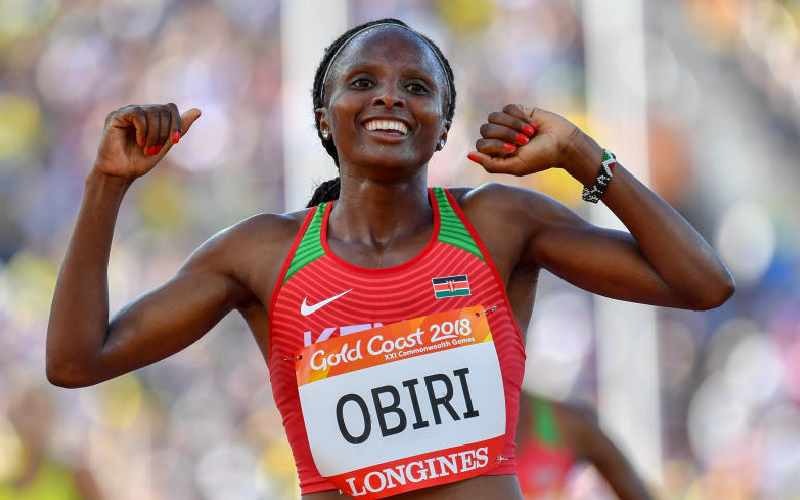×
The Standard e-Paper
Fearless, Trusted News

Hellen Obiri when she won the athletics women's 5000m final during the 2018 Gold Coast Commonwealth Games at the Carrara Stadium on the Gold Coast in April 2018. [File, AFP]
Guests attending Mashujaa Day celebrations in Kisii today will most likely marvel at the distant Manga escarpment whose imposing beauty is partly hidden by the many skyscrapers competing for space in this fast-growing town, known for its giant bananas and avocados.